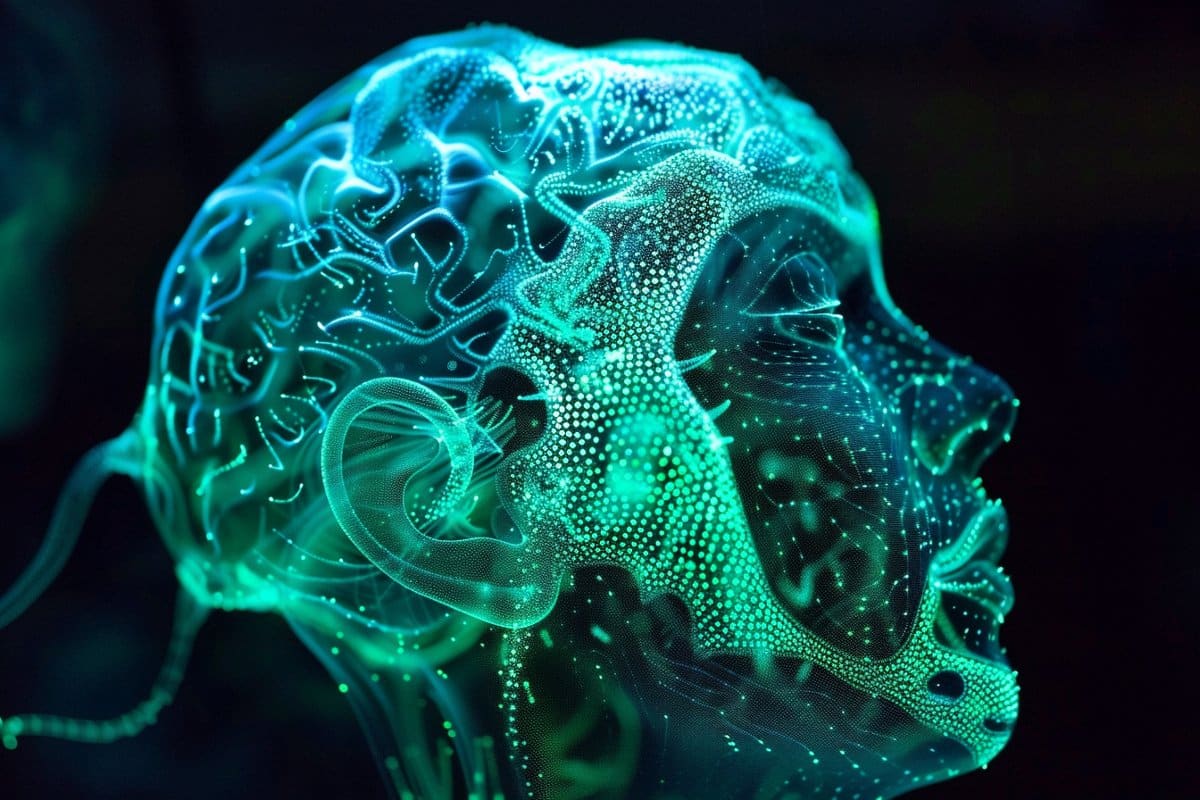Stress and Trauma Risk Factors for Alzheimer’s – Neuroscience News
Click here to view original web page at Stress and Trauma Risk Factors for Alzheimer’s – Neuroscience News Summary: Researchers linked midlife stress and childhood trauma to an increased risk of Alzheimer’s disease and neuroinflammation. Analyzing 1,290 volunteers, researchers found that stressful life events, especially during midlife, correlate with higher levels of β-amyloid protein, crucial … Continue reading “Stress and Trauma Risk Factors for Alzheimer’s – Neuroscience News”








